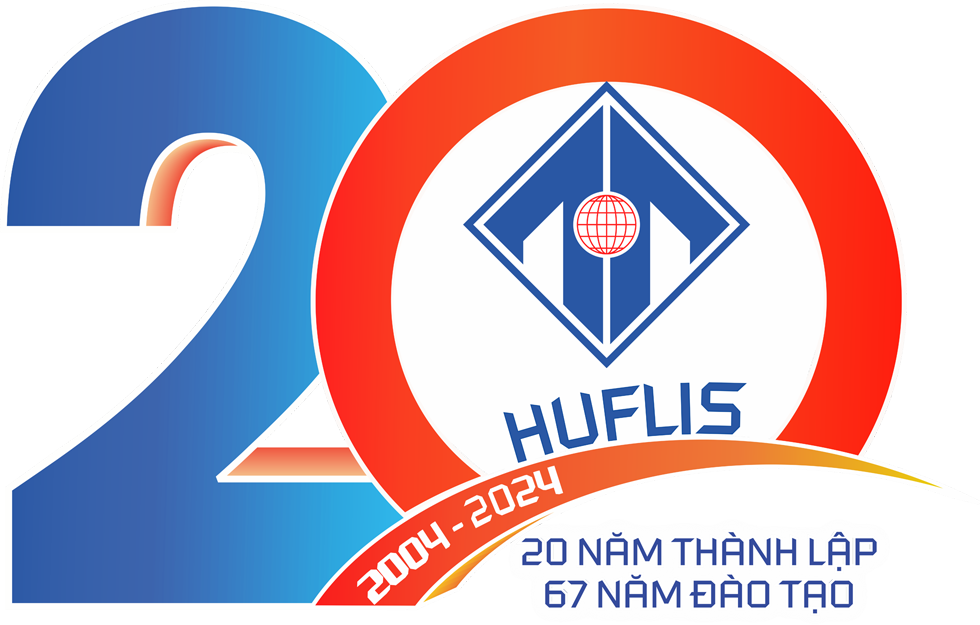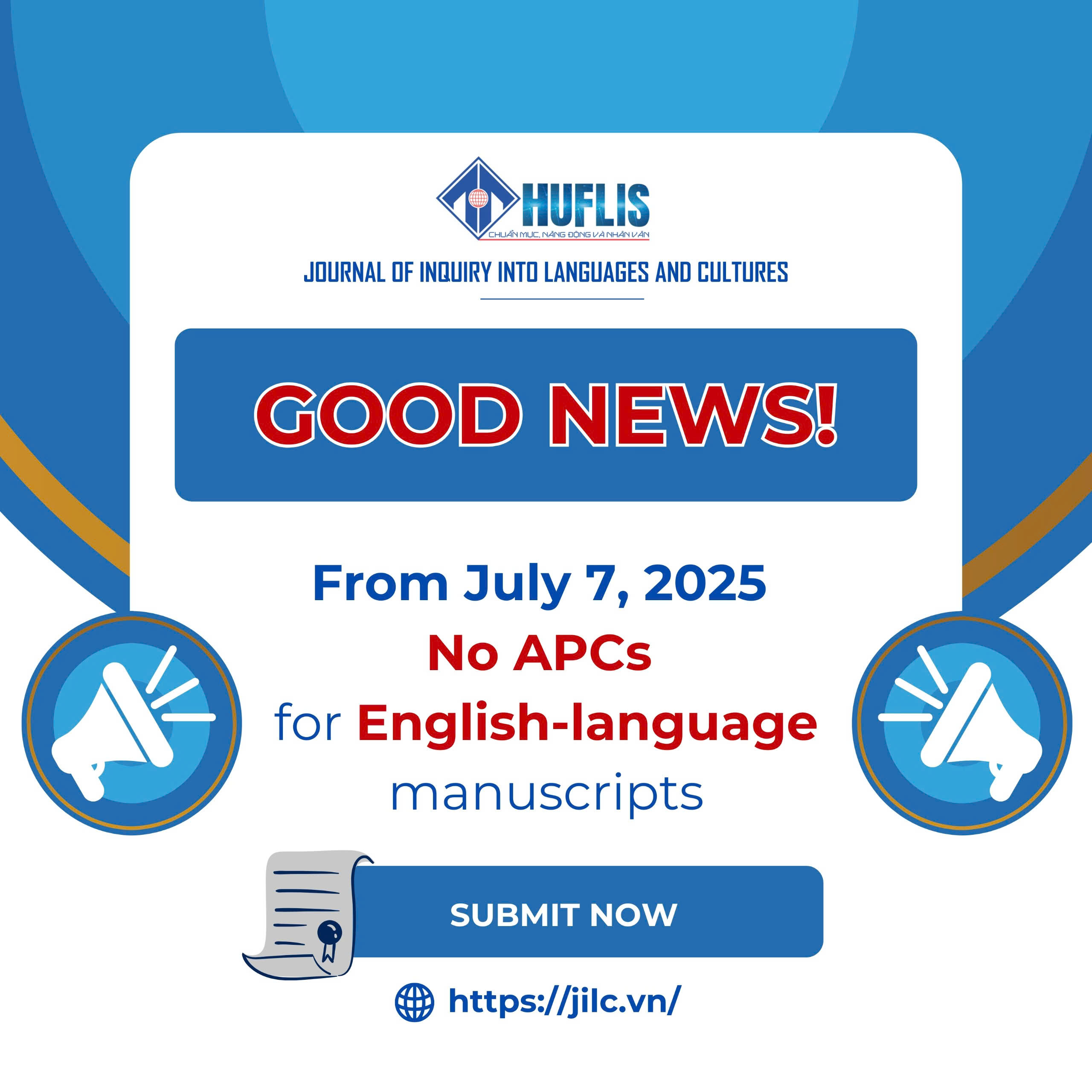APPLYING INFORMATION TECHNOLOGY IN VOCABULARY TEACHING AND LEARNING FOR THE FIRST-YEAR ENGLISH NON-MAJOR STUDENTS AT THUONG MAI UNIVERSITY
DOI:
https://doi.org/10.63506/jilc.0201.235Keywords:
English vocabulary acquisition, learning outcomes, learning motivation, Microsoft PowerPoint, semantic-map methodAbstract
With the development of new technologies, such as Web pages, Apps or social network, the language learning environment seems to be more diverse and interesting. The aim of this paper is to explore the use of Microsoft PowerPoint in a Thuong Mai classroom to help students’ English vocabulary acquisition. In the experimental group, the instructor used Microsoft PowerPoint lessons to teach English vocabulary while the instructor used the traditional semantic-map method to teach English vocabulary in the control group. The results showed that at the end of the semester, students who received the Microsoft PowerPoint vocabulary teaching instruction performed better on the post-test. Also, the survey found out that students agreed on using technologies in the classroom can help language learning. That is, using Microsoft PowerPoint in language teaching can not only enhances students’ learning outcomes, but also increases students’ learning motivation.














